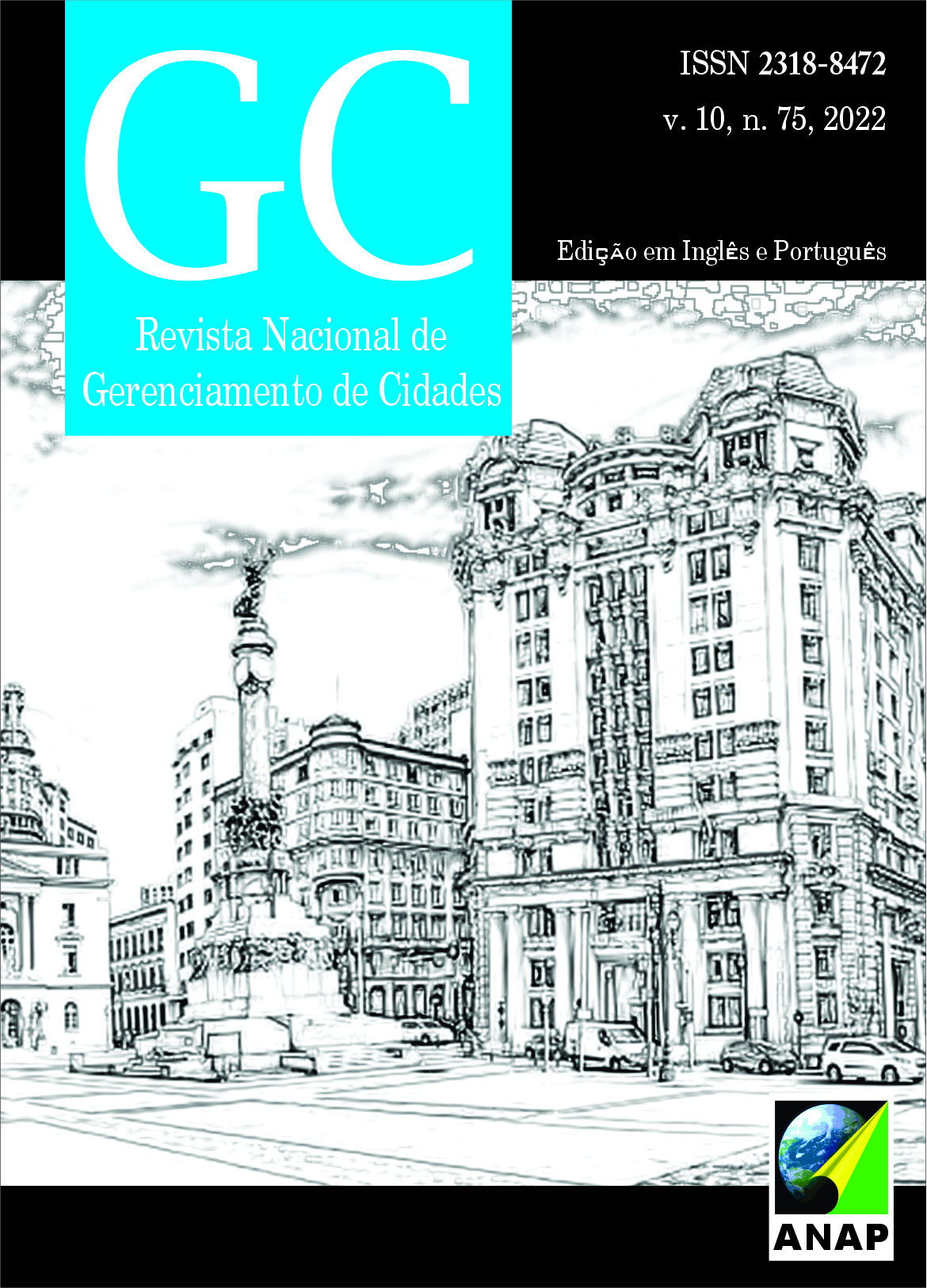Drainage system and urban planning in the city of Campinas/SP
DOI:
https://doi.org/10.17271/23188472107520223140Palabras clave:
Basic Sanitation. Drainage System. Urban Planning.Resumen
The need to plan the territory is relevant in urban regions with a dense population. For the expansion of cities to be sustainable, it is important that the urban area is planned in an integrated manner. The procedures to carry out this planning depend on both the formulation and the management of sectorial and regional plans, whether they are municipal, state or federal. As it is a complex issue, the infrastructure of water supply networks, the collection of sanitary sewage, the drainage system, among others, should be reviewed. The aim of this article is to present the relevance of the drainage system in urban planning in expanding urban regions such as the city of Campinas/SP. To meet the objective of the study, the research method is characterized as descriptive and documental and Case Study. For this purpose, data from the National Sanitation Information System of the city of Campinas/SP on hydrological events with specific characteristics, were selected. The results show that since 2015 the municipality has had hydrological risk warning systems, as well as carrying out comprehensive mapping of areas at risk of inundations in urban watercourses. It is concluded that the city of Campinas has suffered from problems related to surface water flow, a consequence of the high degree of urban densification and the increase in impermeable areas.














